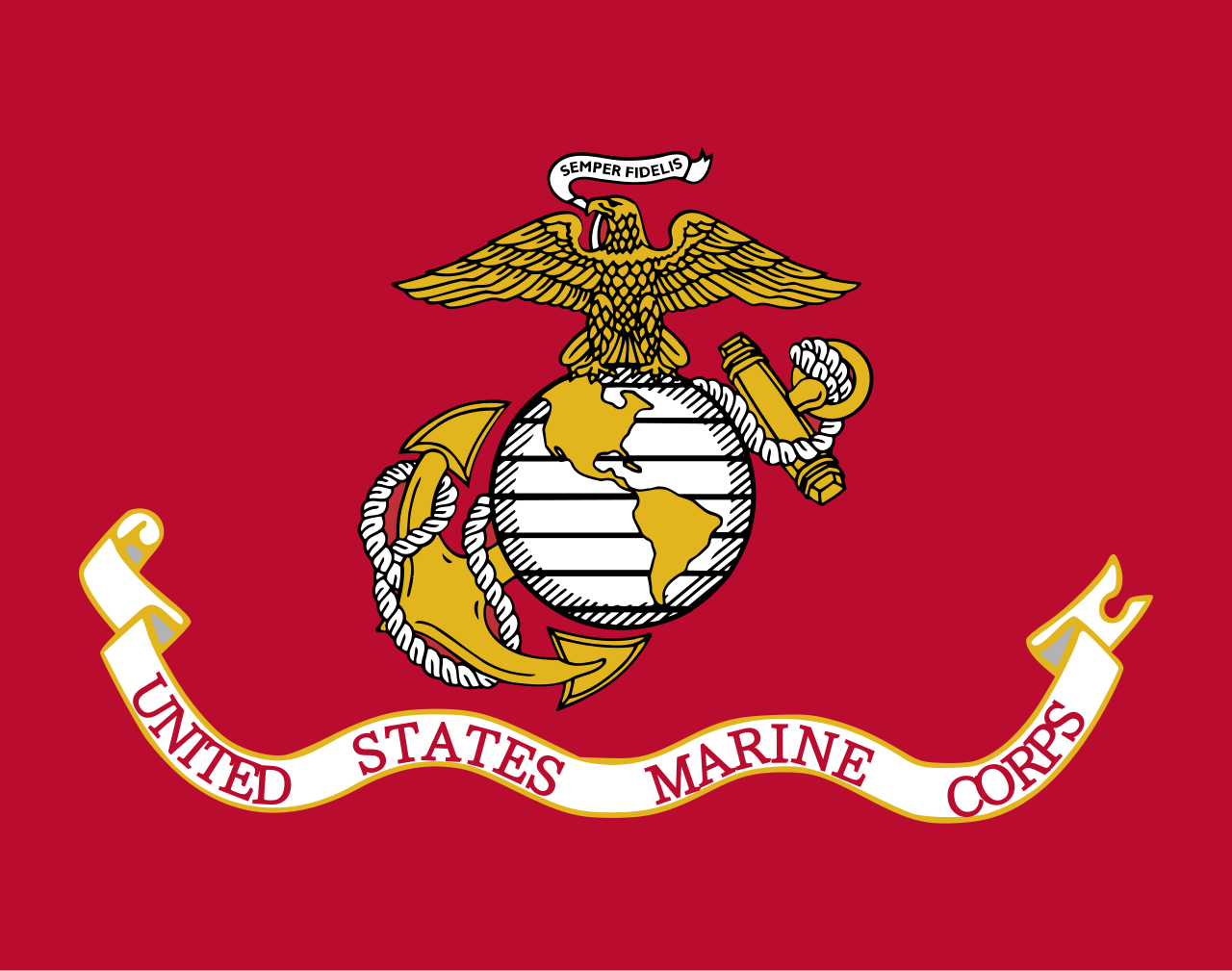- Jul 12, 2018
- 10,539
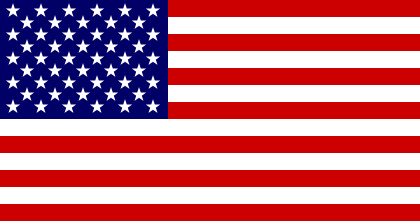
|
OPERATION SPECIAL CIRCUMSTANCES |
SECRET |
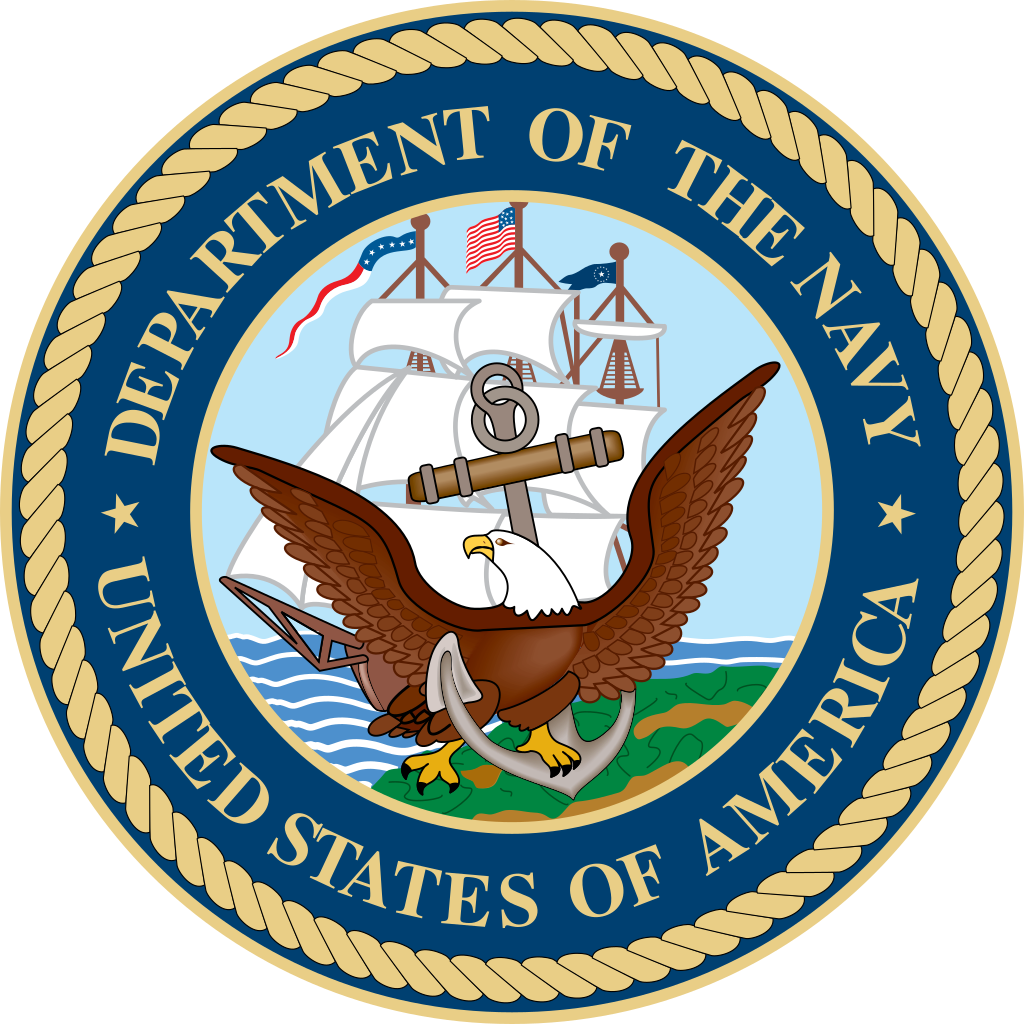
| 
NAVY DEPLOYMENT | 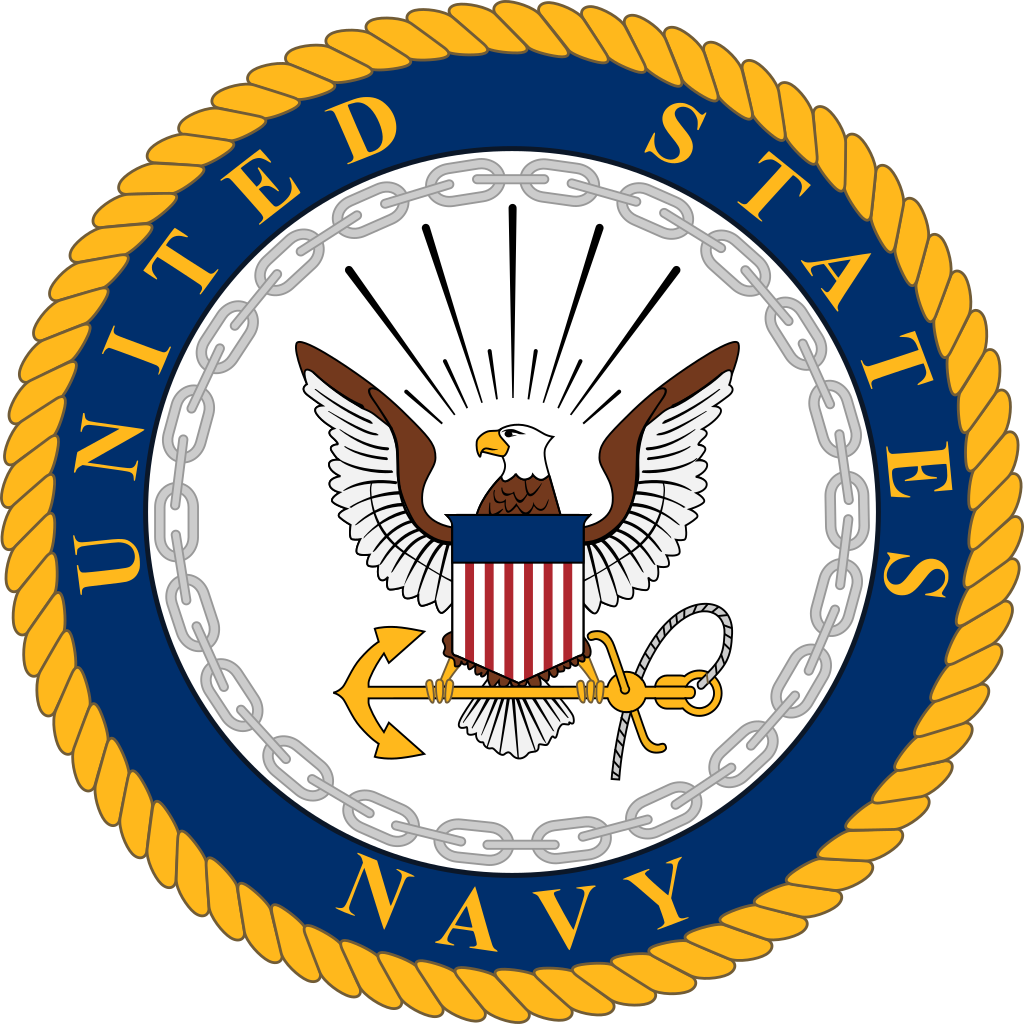
|
|
CARRIER STRIKE GROUP ONE
Rear Admiral Nicholas Monroe
Rear Admiral Nicholas Monroe
| Ship Class | Vessel | Compliment | Home Port |
| Nimitz-class Aircraft Carrier | USS Nimitz | Total: 5134 /// Compliment: 3532 / Pilots: 300 / Air Wing: 1300 / NCIS Agents Afloat: 2 | Naval Air Station North Island, California |
| Ticonderoga-class Guided Missile Cruiser | USS Valley Forge | 330 | Naval Air Station North Island, California |
| Ticonderoga-class Guided Missile Cruiser | USS Antietam | 330 | Naval Air Station North Island, California |
| Ticonderoga-class Guided Missile Cruiser | USS Mobile Bay | 330 | Naval Air Station North Island, California |
| Arleigh Burke-class Guided Missile Destroyer | USS John S. McCain | 323 | Naval Air Station North Island, California |
| Arleigh Burke-class Guided Missile Destroyer | USS Ben N. Campbell | 323 | Naval Air Station North Island, California |
| Arleigh Burke-class Guided Missile Destroyer | USS Joe Lieberman | 323 | Naval Air Station North Island, California |
| Arleigh Burke-class Guided Missile Destroyer | USS Chris Dodd | 323 | Naval Air Station North Island, California |
| Arleigh Burke-class Guided Missile Destroyer | USS William Roth | 323 | Naval Air Station North Island, California |
| Celestial-class Frigate | USS Carter Braxton | 140 | Naval Air Station North Island, California |
| Celestial-class Frigate | USS Charles Carroll | 140 | Naval Air Station North Island, California |
| Supply-class Support Ship | USNS Arctic | 600 | Naval Air Station North Island, California |
| Henry J. Kaiser-class Replenishment Oiler | USNS John Lenthall | 113 | Naval Air Station North Island, California |
| Henry J. Kaiser-class Replenishment Oiler | USNS Andrew J. Higgins | 113 | Naval Air Station North Island, California |
CARRIER AIR WING THREE
Captain Buck Jackson
Captain Buck Jackson
| Squadron | Aircraft | Number of Aircraft | Personnel | Garrison |
| Fighter Attack Squadron 111 (VFA-111) | F/A-18F Super Hornet | 12 | 24 Pilots | Naval Air Station North Island, California |
| Fighter Attack Squadron 112 (VFA-112) | F/A-18F Super Hornet | 12 | 24 Pilots | Naval Air Station North Island, California |
| Fighter Attack Squadron 113 (VFA-113) | F/A-18F Super Hornet | 12 | 24 Pilots | Naval Air Station North Island, California |
| Fighter Attack Squadron 114 (VFA-114) | F/A-18F Super Hornet | 12 | 24 Pilots | Naval Air Station North Island, California |
| Marine Fighter Attack Squadron 203 | F/A-18F Super Hornet | 12 | 24 Pilots | Marine Corps Air Station Miramar, California |
| Electronic Attack Squadron 303 (VAQ-303) | EA-16G-Growler | 12 | 24 Pilots | Naval Air Station North Island, California |
| Carrier Airborne Early Warning Squadron 403 (VAW-403) | E-2D Hawkeye | 4 | 20 Pilots | Naval Air Station North Island, California |
| Fleet Logistics Support Squadron 503 (VRC-503) | C-2 Greyhound | 2 | 4 Pilots | 4 Crew | Naval Air Station North Island, California |
| Helicopter Maritime Strike Squadron 607 (HMS-607) | MH-60R | 6 | 12 Pilots | 12 Crew | Naval Air Station North Island, California |
| Helicopter Maritime Strike Squadron 608 (HMS-608) | MH-60R | 6 | 12 Pilots | 12 Crew | Naval Air Station North Island, California |
| Helicopter Maritime Strike Squadron 609 (HMS-609) | MH-60R | 5 | 10 Pilots | 10 Crew | Naval Air Station North Island, California |
| Helicopter Sea Combat Squadron 703 (HSC-703) | MH-60S | 9 | 18 Pilots | 18 Crew | Naval Air Station North Island, California |
DETAILS
Nimitz-class - Fully Fueled; Aviation reserves fully fueled; Non-perishable and perishable food/water for 3 month journey; Standard armaments including: x3 NATO Sea Sparrow Launchers (x8 RIM-7 Sea Sparrow loaded in each); x4 Phalanx CIWS; x2 RAM launchers (x21 missiles); Standard countermeasures/decoys; Onboard: x500 M4A1 Carbine and associated ammo and x500 M1911 and associated ammo in barracks;
Aircraft: x60 Boeing F/A-18E/F Super Hornet and all of their necessary armaments and equipment; x12 EA-18G Growler; x8 MH-60S; x5 Northrop Grumman E-2D Hawkeye; x2 C-25 Greyhound; x6MH-60M Black Hawk; x4 MH-60S; X2 MH-60R.
Ticonderoga-class - Fully Fueled; Non-perishable and perishable food/water for 3 month journey; x8 RGM-84 Harpoon missiles; x2 5 in 62 caliber Mark 45 Mod 4 lightweight gun; x2 25 mm (0.98 in) Mk 38 gun; x4 .50 in (12.7 mm) cal. machine gun; x2 Phalanx CIWS Block 1B; x2 Mk 32 12.75 in (324 mm) triple torpedo tubes (standard reserve of Mk 54 torpedoes); Onboard: x30 M4A1 Carbine and associated ammo and x30 M1911 and associated ammo in barracks;
x2 61 cell Mk 41 vertical launch systems containing: x5 RUM-139C (Mrk 54 Torpedo); x244 (Quad packed) RIM-162A ESSM; x40 RIM-161B (SM-3 block IA); x16 RGM/UGM-109B Tomahawk Anti-Ship Missile;
Countermeasures/decoys: Mark 36 SRBOC; AN/SLQ-25 Nixie;
Aircraft: x1 MH-60R; x1 MH-60S.
Boats: x1 RHIB (each with mounted .50 cal Machine Gun).
Arleigh Burke-class (Flight IIA) - Fully Fueled; Non-perishable and perishable food/water for 3 month journey; x1 5-inch (127 mm)/62 Mk. 45 Mod 4 (lightweight gun); x2 20 mm Phalanx CIWS; x2 25 mm M242 Bushmaster chain gun; x2 Mk 141 Harpoon Anti-Ship Missile Launcher (x8 Harpoon missiles each); x2 Mark 32 triple torpedo tubes: x1 per tube + full standard storage of Mark 54 torpedoes on ship; Onboard: x150 M4A1 Carbine and associated ammo and x150 M1911 and associated ammo in barracks.
96-cell Mk 41 VLS: x10 RUM-139C (Mrk 54 Torpedo); x32 (Quad packed) RIM-162A ESSM; x5 RIM-161B (SM-3 block IA); x48 RGM/UGM-109E Tomahawk Land Attack Missile; x25 RGM/UGM-109B Tomahawk Anti-Ship Missile;
Countermeasures/decoys: AN/SLQ-32(V)2 Electronic Warfare System; AN/SLQ-25 Nixie Torpedo Countermeasures; MK 36 MOD 12 Decoy Launching System; MK 53 Nulka Decoy Launching System; AN/SLQ-39 CHAFF Buoys;
Aircraft: x2 MH-60R;
Boats: x1 RHIB (each with mounted .50 cal Machine Gun).
Celestial-class Cutter - Fully Fueled; Aviation reserves fully fueled; Non-perishable food/water for 2 month journey; Well-rested, fed, and uniformed crew;
32-cell Mk 41 VLS: x5 RUM-139C (Mrk 54 Torpedo); x36 (Quad packed) RIM-162A ESSM; x3 RGM/UGM-109E Tomahawk Land Attack Missile; x15 RGM/UGM-109B Tomahawk Anti-Ship Missile;
Standard armaments including: x2 Mk 141 canister Harpoon missile launcher (x8 missiles); x1 Mk 32 triple torpedo launcher + 10 Mark 50 torpedoes stored; x2 Mk44 Bushmaster II 30-mm chain guns; x1 SeaRAM CIWS; x1 Mk 110 57mm gun; x4 crew-served .50 caliber Browning M2 machine guns; x2 crew-served M240B 7.62 mm machine guns;
Decoys: x2 Mk 36 SRBOC chaff rapid decoy launchers;
Compliment: 140 sailors;
Barracks: x100 Sig Sauer P229 DAK 9mm w/ Night Sights and x200 loaded magazines; x100 M4 Carbine and x300 loaded magazines; x10 M870P 12-gauge and x300 12-gauge shotgun shells.
Aircraft: x1 MH-60R;
Boats: x2 RHIB (each with mounted .50 cal Machine Gun).
Supply-class - Fully Fueled; Fully-stocked with non-perishable and perishable food/water for 6 month journey of the entire fleet (on top of the resources the respective ships already have); complete storage of usable fuel for aforementioned vessels; complete storage of aviation fuel for aforementioned aircraft; x2 Sikorsky MH-60S; Onboard: x100 M4A1 Carbine and associated ammo and x100 M1911 and associated ammo in barracks;
Boats: x1 RHIB (each with mounted .50 cal Machine Gun).
Henry J. Kaiser-class Replenishment Oiler - Fully Fueled; Fully-stocked with non-perishable and perishable food/water for 6 month journey; complete storage of usable fuel for all conventionally-powered vessels for 6 month journey; complete storage of aviation fuel for all aircraft in the fleet for 6 month deployment; Onboard: x60 M4A1 Carbine and associated ammo and x60 M1911 and associated ammo in barracks;
Boats: x1 RHIB (each with mounted .50 cal Machine Gun).
Aircraft: x60 Boeing F/A-18E/F Super Hornet and all of their necessary armaments and equipment; x12 EA-18G Growler; x8 MH-60S; x5 Northrop Grumman E-2D Hawkeye; x2 C-25 Greyhound; x6MH-60M Black Hawk; x4 MH-60S; X2 MH-60R.
Ticonderoga-class - Fully Fueled; Non-perishable and perishable food/water for 3 month journey; x8 RGM-84 Harpoon missiles; x2 5 in 62 caliber Mark 45 Mod 4 lightweight gun; x2 25 mm (0.98 in) Mk 38 gun; x4 .50 in (12.7 mm) cal. machine gun; x2 Phalanx CIWS Block 1B; x2 Mk 32 12.75 in (324 mm) triple torpedo tubes (standard reserve of Mk 54 torpedoes); Onboard: x30 M4A1 Carbine and associated ammo and x30 M1911 and associated ammo in barracks;
x2 61 cell Mk 41 vertical launch systems containing: x5 RUM-139C (Mrk 54 Torpedo); x244 (Quad packed) RIM-162A ESSM; x40 RIM-161B (SM-3 block IA); x16 RGM/UGM-109B Tomahawk Anti-Ship Missile;
Countermeasures/decoys: Mark 36 SRBOC; AN/SLQ-25 Nixie;
Aircraft: x1 MH-60R; x1 MH-60S.
Boats: x1 RHIB (each with mounted .50 cal Machine Gun).
Arleigh Burke-class (Flight IIA) - Fully Fueled; Non-perishable and perishable food/water for 3 month journey; x1 5-inch (127 mm)/62 Mk. 45 Mod 4 (lightweight gun); x2 20 mm Phalanx CIWS; x2 25 mm M242 Bushmaster chain gun; x2 Mk 141 Harpoon Anti-Ship Missile Launcher (x8 Harpoon missiles each); x2 Mark 32 triple torpedo tubes: x1 per tube + full standard storage of Mark 54 torpedoes on ship; Onboard: x150 M4A1 Carbine and associated ammo and x150 M1911 and associated ammo in barracks.
96-cell Mk 41 VLS: x10 RUM-139C (Mrk 54 Torpedo); x32 (Quad packed) RIM-162A ESSM; x5 RIM-161B (SM-3 block IA); x48 RGM/UGM-109E Tomahawk Land Attack Missile; x25 RGM/UGM-109B Tomahawk Anti-Ship Missile;
Countermeasures/decoys: AN/SLQ-32(V)2 Electronic Warfare System; AN/SLQ-25 Nixie Torpedo Countermeasures; MK 36 MOD 12 Decoy Launching System; MK 53 Nulka Decoy Launching System; AN/SLQ-39 CHAFF Buoys;
Aircraft: x2 MH-60R;
Boats: x1 RHIB (each with mounted .50 cal Machine Gun).
Celestial-class Cutter - Fully Fueled; Aviation reserves fully fueled; Non-perishable food/water for 2 month journey; Well-rested, fed, and uniformed crew;
32-cell Mk 41 VLS: x5 RUM-139C (Mrk 54 Torpedo); x36 (Quad packed) RIM-162A ESSM; x3 RGM/UGM-109E Tomahawk Land Attack Missile; x15 RGM/UGM-109B Tomahawk Anti-Ship Missile;
Standard armaments including: x2 Mk 141 canister Harpoon missile launcher (x8 missiles); x1 Mk 32 triple torpedo launcher + 10 Mark 50 torpedoes stored; x2 Mk44 Bushmaster II 30-mm chain guns; x1 SeaRAM CIWS; x1 Mk 110 57mm gun; x4 crew-served .50 caliber Browning M2 machine guns; x2 crew-served M240B 7.62 mm machine guns;
Decoys: x2 Mk 36 SRBOC chaff rapid decoy launchers;
Compliment: 140 sailors;
Barracks: x100 Sig Sauer P229 DAK 9mm w/ Night Sights and x200 loaded magazines; x100 M4 Carbine and x300 loaded magazines; x10 M870P 12-gauge and x300 12-gauge shotgun shells.
Aircraft: x1 MH-60R;
Boats: x2 RHIB (each with mounted .50 cal Machine Gun).
Supply-class - Fully Fueled; Fully-stocked with non-perishable and perishable food/water for 6 month journey of the entire fleet (on top of the resources the respective ships already have); complete storage of usable fuel for aforementioned vessels; complete storage of aviation fuel for aforementioned aircraft; x2 Sikorsky MH-60S; Onboard: x100 M4A1 Carbine and associated ammo and x100 M1911 and associated ammo in barracks;
Boats: x1 RHIB (each with mounted .50 cal Machine Gun).
Henry J. Kaiser-class Replenishment Oiler - Fully Fueled; Fully-stocked with non-perishable and perishable food/water for 6 month journey; complete storage of usable fuel for all conventionally-powered vessels for 6 month journey; complete storage of aviation fuel for all aircraft in the fleet for 6 month deployment; Onboard: x60 M4A1 Carbine and associated ammo and x60 M1911 and associated ammo in barracks;
Boats: x1 RHIB (each with mounted .50 cal Machine Gun).
|

| 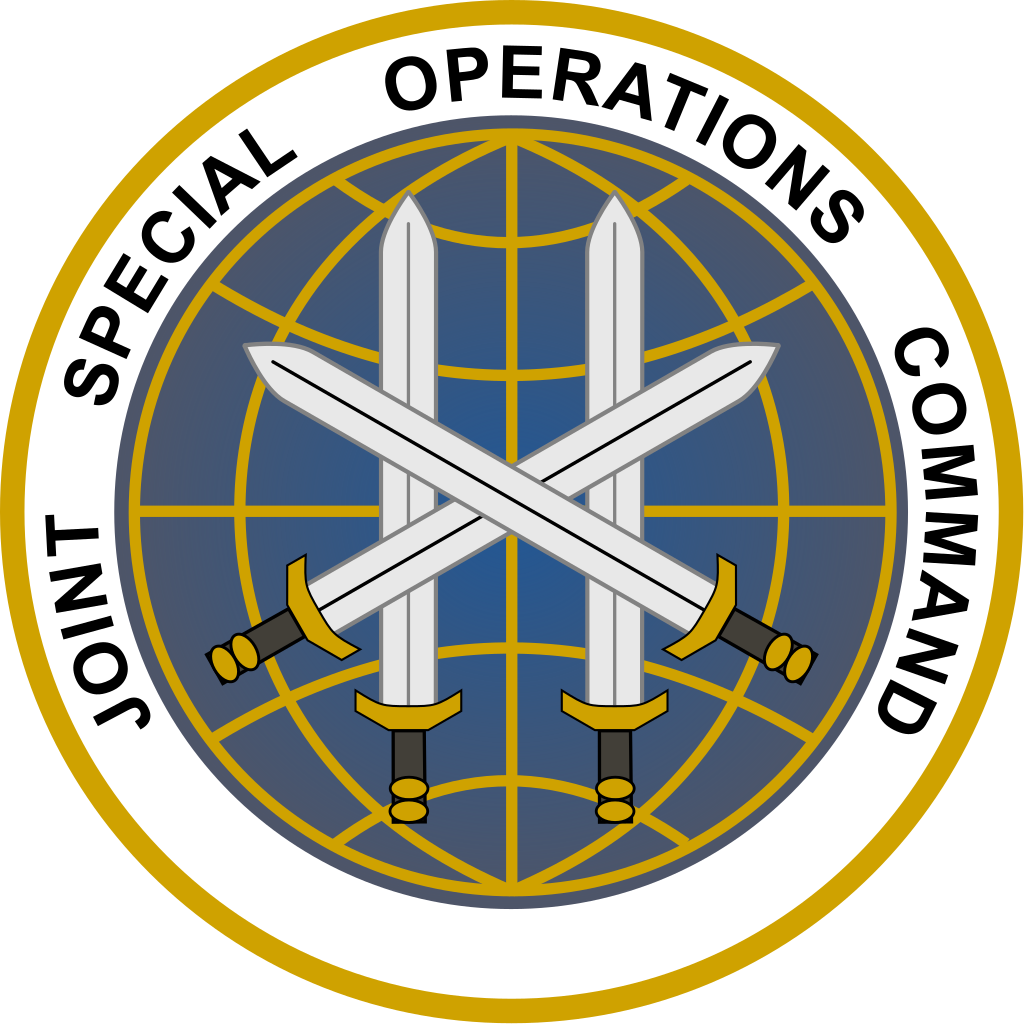
JSOC DEPLOYMENT | 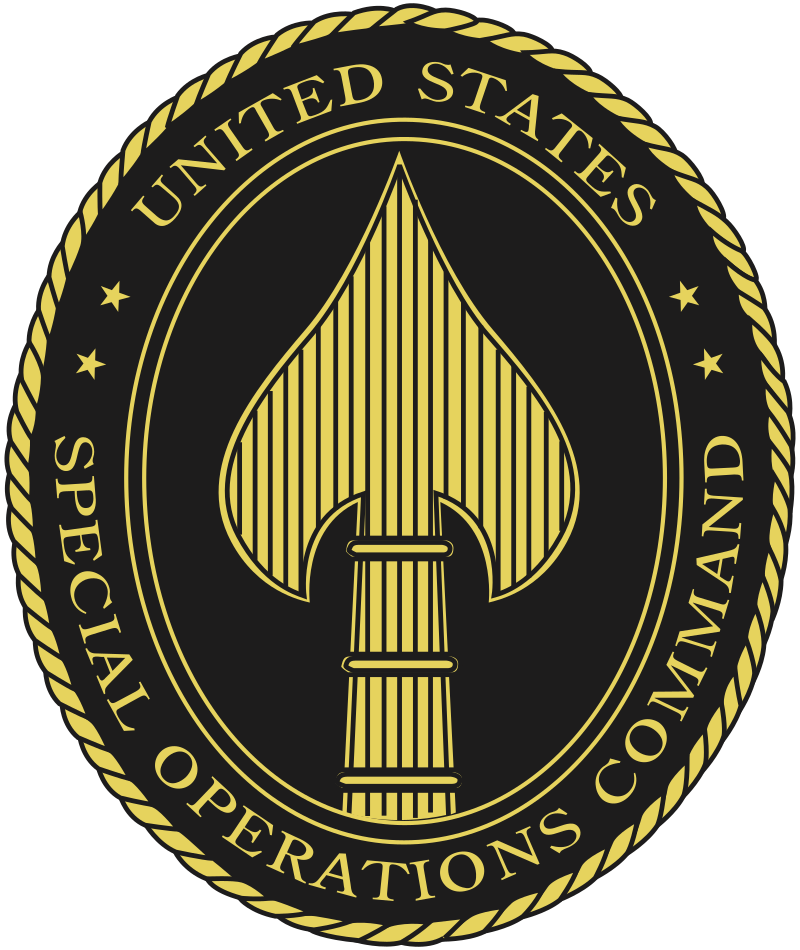
|
|
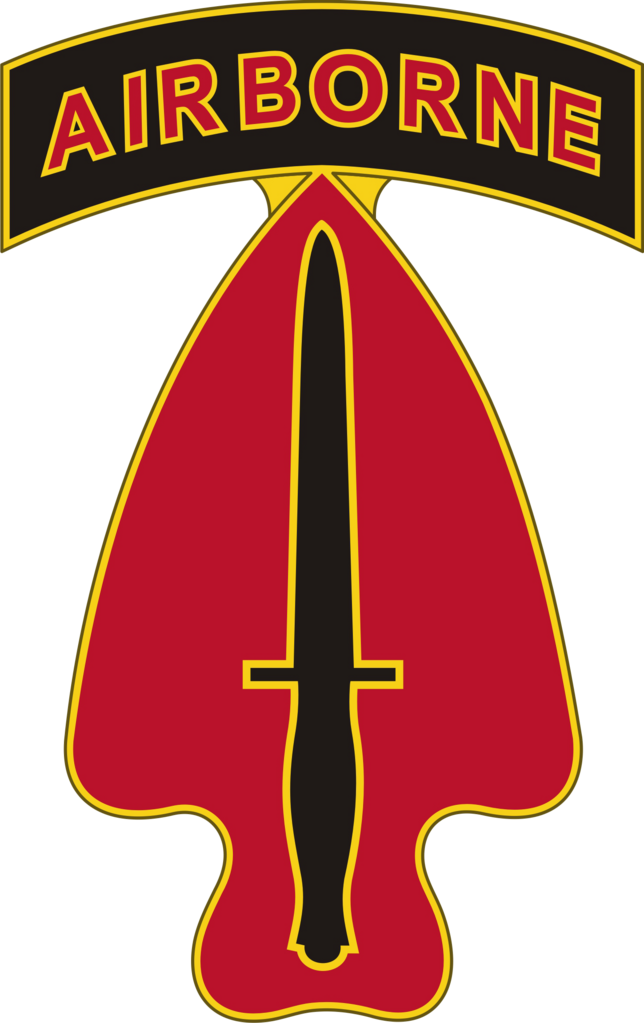
1ST SPECIAL FORCES
OPERATIONAL DETACHMENT-DELTA
Colonel Miles Kennedy
OPERATIONAL DETACHMENT-DELTA
Colonel Miles Kennedy
| SQUADRON | TROOP | PERSONNEL | GARRISON |
| Clandestine Squadron G | X-Ray Troop | 16 Clandestine Operators | Fort Bragg, North Carolina |
| Clandestine Squadron G | Yankee Troop | 16 Clandestine Operators | Fort Bragg, North Carolina |
| Clandestine Squadron G | Zulu Troop | 16 Clandestine Operators | Fort Bragg, North Carolina |
| Air Mobility Squadron F | Victor Troop | 12 Rotary-Wing Pilots // 12 Crew chiefs/gunners | Fort Bragg, North Carolina |
DETAILS
G Squadron - Operators in this squadron have the equipment and weapons listed below, per soldier, unless noted otherwise.
Apparel: x1 Enhanced Combat Helmet; x1 Army Combat Uniform (as well as boots and gloves) with American flag patch, x1 Jumpable Plate Carriers, x1 four-eyed special forces night vision/infrared goggles; x1 AN/PRC-148 Multiband Inter/Intra Team Radio; x1 The Individual First Aid Kit.
Weapons: x1 HK416 rifle +10 30-round magazines and bayonet, x1 M1911 +4 magazines; x1 Barrett M82 (per troop); x4 flashbangs; x2 white smoke grenade, x1 orange smoke grenade; x2 red flares; x6 M67 grenade.
F Squadron - Operators in this squadron have the equipment and weapons listed below, per soldier, unless noted otherwise. Vehicles operated by F Squadron are listed below.
Vehicles: x6 Sikorsky MH-60M Black Hawk (each: x2 pilots + x2 gunners);
Apparel: x1 Enhanced Combat Helmet; x1 Army Combat Uniform (as well as boots and gloves) with American flag patch, x1 Jumpable Plate Carriers, x1 four-eyed special forces night vision/infrared goggles; x1 AN/PRC-148 Multiband Inter/Intra Team Radio; x1 The Individual First Aid Kit.
Weapons: x1 HK416 rifle +10 30-round magazines and bayonet, x1 M1911 +4 magazines; x4 flashbangs; x1 white smoke grenade, x1 orange smoke grenade, x2 red flares.
|
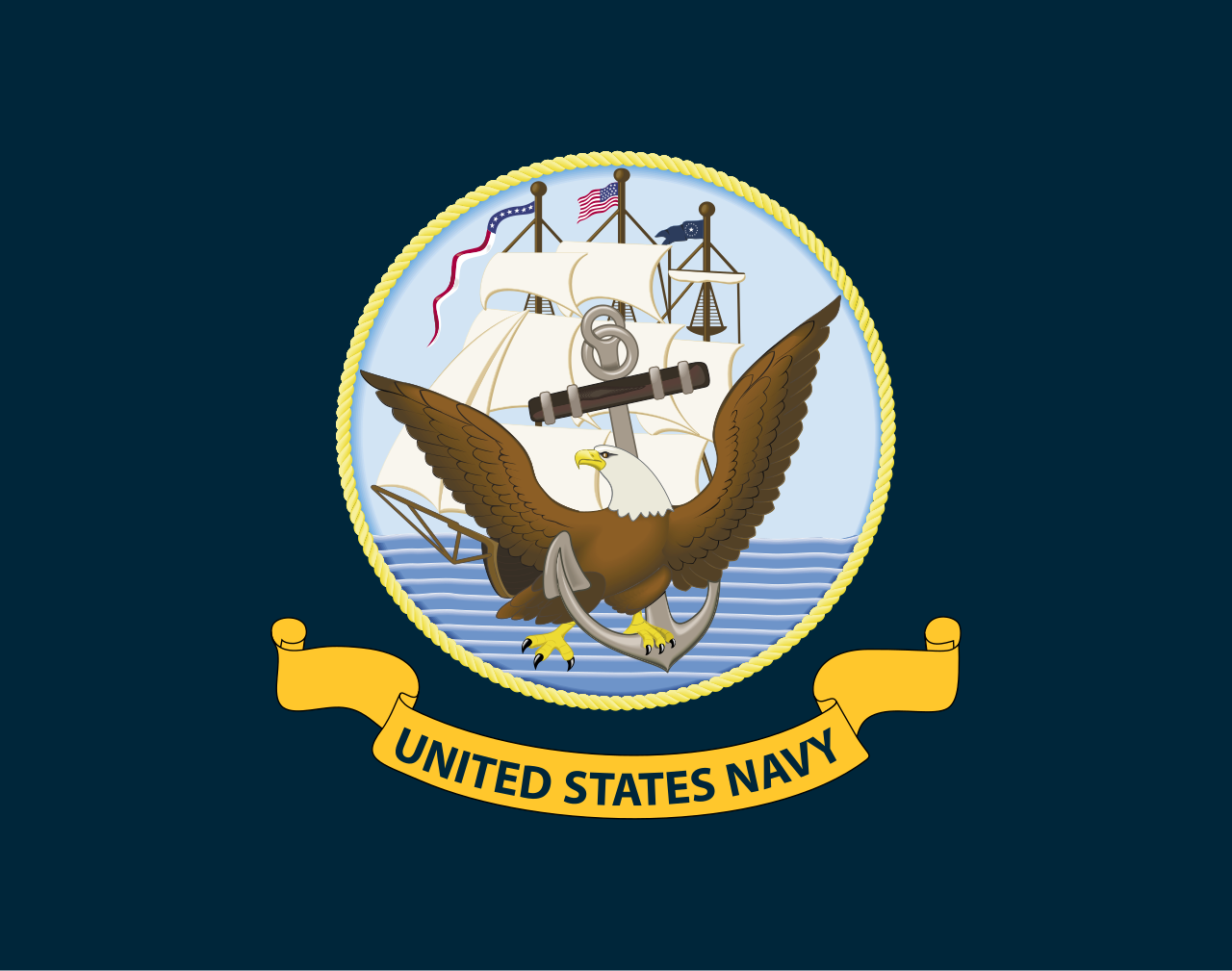
| 
DEPLOYMENT ORDERS | 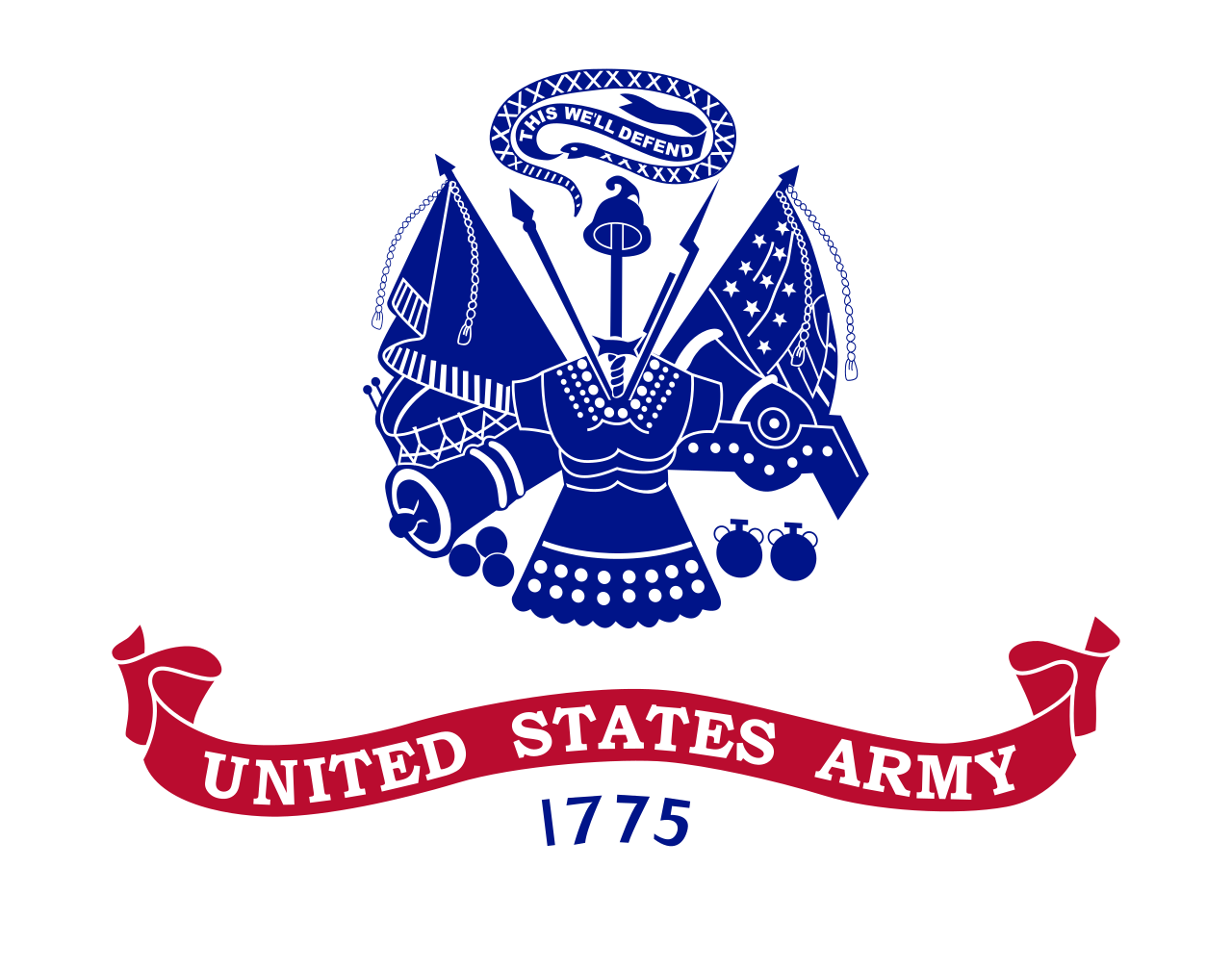
|
|
CONTEXT
In New Caledonia, Polish humanitarian aid workers and soldiers were murdered by a supposed revolutionary movement that, supposedly, wants independence for New Caledonia. Poland is in a unique situation where they are there at the invitation of the French government, but do not have sovereignty over the island. In accordance with official United States policy, the Gore Administration supports the status quo on the island - which is that it remains a part of France. Because the Polish there is at the open invitation of the French and they have not seen fit to ask them leave, the United States nominally supports their continued presence as well. However, after the attack on Polish soldiers who were doing nothing but distributing aid on the islands, the President, his National Security Council, and the Pentagon came to the consensus that a deployment of American forces into the Pacific was more than necessary. An unorganized reaction by allied, neutral, and theoretically adversarial groups in the region made it so that an American presence was needed.
In addition to the deployment of a carrier strike group from the Navy, Delta Force units were also called up to go on the operation. The deployment of Delta Force - a special force which the Federal Government did not acknowledge even existed - was unique, let alone the fact that the most secretive clandestine units in it were being sent on the mission. The Delta Force operators were flown by helicopter (at the appropriate cruising speed and altitude) from Fort Bragg to Naval Air Station North Island in California. Along the way they would refuel at U.S. military installations as needed and would then land aboard the USS Nimitz at around four in the morning before it left port.
The carrier strike group immediately began preparations for an extended deployment into the Pacific. The Secretary of The Navy also securely reached out to the Secretary of Homeland Security in the event that Coast Guard assets in teh Pacific may be needed later as well.
In addition to the deployment of a carrier strike group from the Navy, Delta Force units were also called up to go on the operation. The deployment of Delta Force - a special force which the Federal Government did not acknowledge even existed - was unique, let alone the fact that the most secretive clandestine units in it were being sent on the mission. The Delta Force operators were flown by helicopter (at the appropriate cruising speed and altitude) from Fort Bragg to Naval Air Station North Island in California. Along the way they would refuel at U.S. military installations as needed and would then land aboard the USS Nimitz at around four in the morning before it left port.
The carrier strike group immediately began preparations for an extended deployment into the Pacific. The Secretary of The Navy also securely reached out to the Secretary of Homeland Security in the event that Coast Guard assets in teh Pacific may be needed later as well.
|
Last edited:



